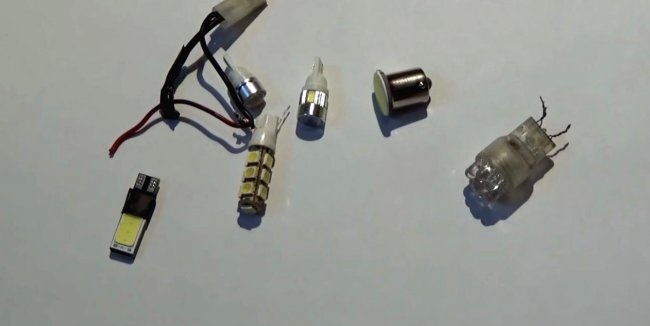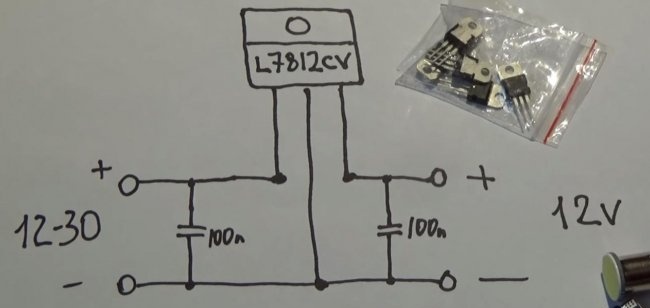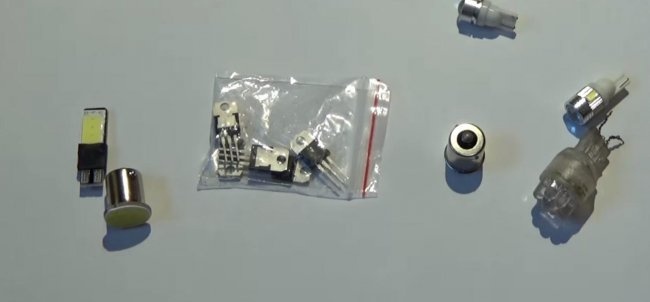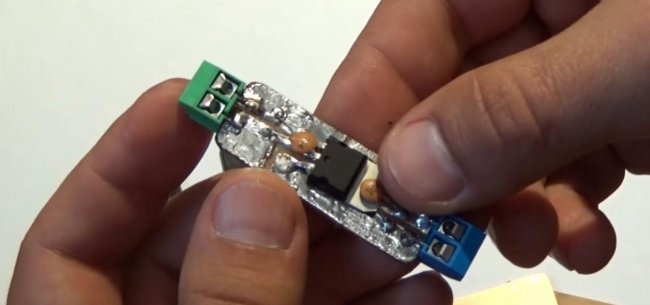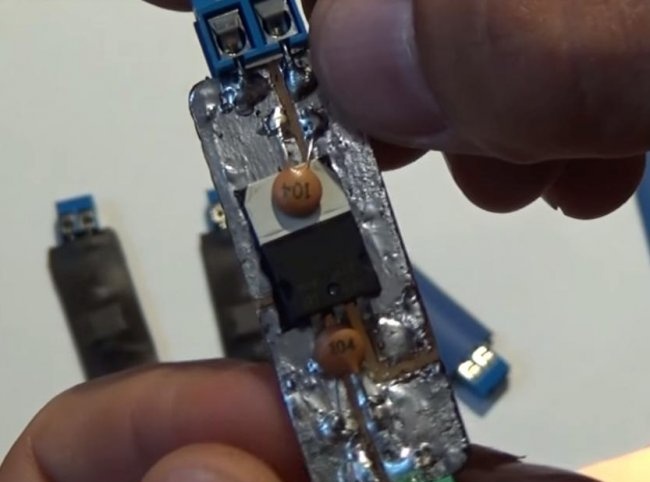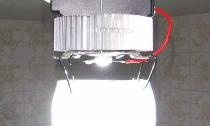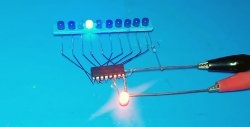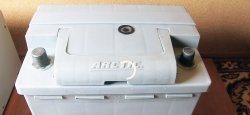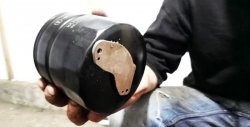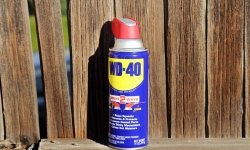Typically, these LED lamps have low power and current consumption. What, in fact, determines their choice.
On my own Light-emitting diode It easily lasts more than 50,000 hours in optimal conditions, but in a car, especially a domestic one, it is sometimes not enough for a month. At first Light-emitting diode begins to flicker, and then completely burns out.
What explains this?
The lamp manufacturer writes the marking “12V”. This is the optimal voltage at which LEDs the lamp operates almost at maximum. And if you supply 12 V to this lamp, it will last at maximum brightness for a very long time.
So why does it burn out in the car? Initially, the voltage of the car’s on-board network is 12.6 V. An overestimation of 12 is already visible. And the voltage of the network of a running car can reach up to 14.5 V. Let’s add to all this various surges from switching powerful high- or low-beam lamps, powerful voltage pulses and magnetic interference when starting the engine from the starter.And we won’t get the best network for power supply LEDs, which, unlike incandescent lamps, are very sensitive to all changes.
Since simple Chinese lamps often have no limiting elements other than a resistor, the lamp fails due to overvoltage.
During my practice, I changed dozens of such lamps. Most of them did not serve even a year. Eventually I got tired and decided to look for an easier way out.
Simple voltage stabilizer for LEDs
To ensure comfortable operation for LEDs I decided to make a simple stabilizer. Absolutely not difficult, any motorist can repeat it.
All we need:
- - microcircuit - linear voltage stabilizer L7812,
- - a couple of terminals,
- - pair of 100n capacitors.
- - a piece of PCB for the board,
- - heat-shrink tubing.
Look like that's it. The entire package costs pennies on Ali Express - links in the list.
Stabilizer circuit
The circuit is taken from the datasheet for the L7805 chip.
It's simple - on the left is the entrance, on the right is the exit. Such a stabilizer can withstand up to 1.5 A load, provided that it is installed on a radiator. Naturally, for small light bulbs no radiator is needed.
Stabilizer assembly for LEDs
All you need to do is cut out the required piece from the PCB. There is no need to etch the tracks - I cut out simple lines with a regular screwdriver.
Solder all the elements and you're done. No setup required.
Thermal blower serves as the housing.
Another advantage of the circuit is that it is fashionable to use a car body as a radiator, since the central terminal of the microcircuit body is connected to the minus.
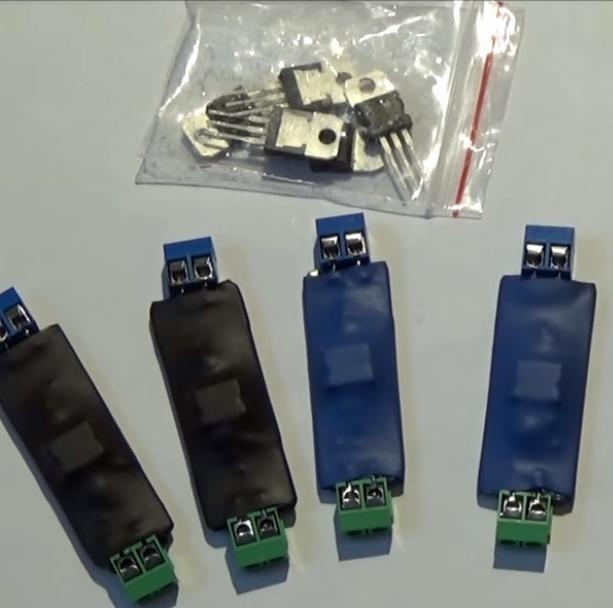
That's all, the LEDs no longer burn out. I’ve been driving for more than a year and forgot about this problem, which I advise you to do as well.
